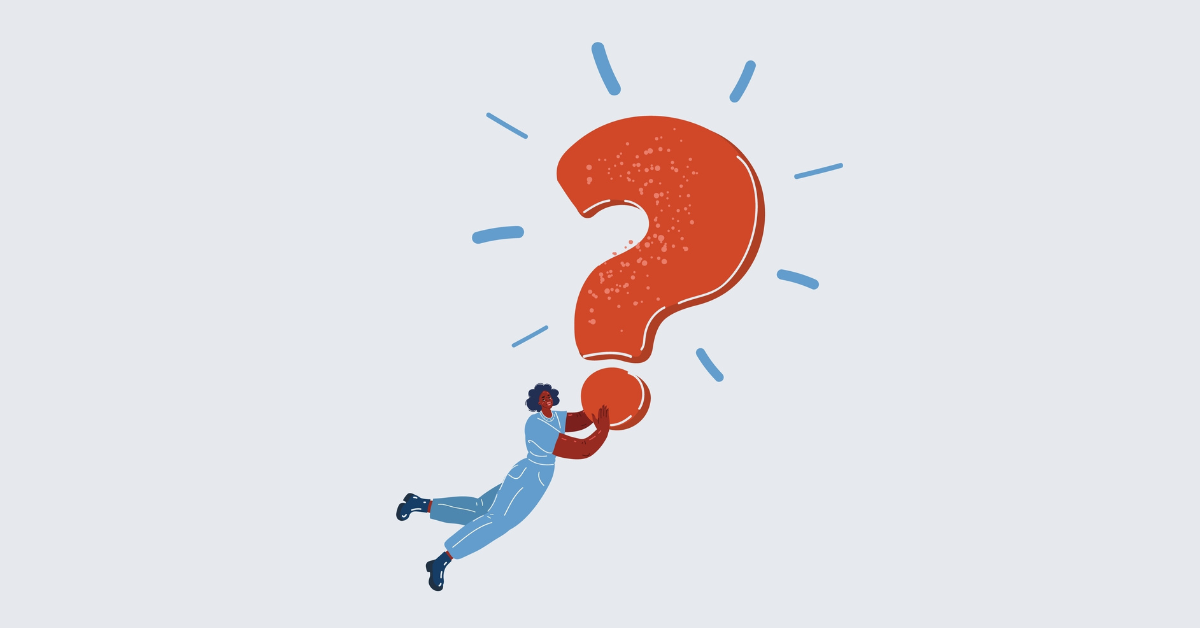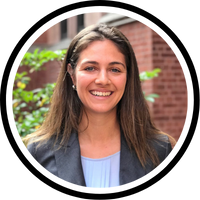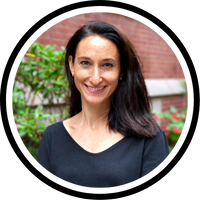|
How one high school is constructing their own definition of rigor, in service of developing high expectations and meaningful work for students.
After several years of prolonged uncertainty and hardship, a feeling of normalcy seems to finally be settling in, and schools want to refocus their vision for high expectations and meaningful work for students. As coaches, we’ve noticed that “rigor” has become a topic of particular interest for school leaders this year.
However, not everyone has the most positive associations with the word, and we can’t really blame them (just look at the dictionary definition — yikes!). What we mean by rigor in the educational context is often unclear, and it’s for this reason that we believe in the importance of co-constructing definitions and characteristics of the concept as a school community. We’ve undertaken this endeavor with the Business Technology Early College High School (BTECH) — one of our wonderful partner schools in Queens, New York — and have been investigating the concept of rigor through a variety of entry points. Our inquiry around rigor began with a tool developed by our colleague, Dr. Roberta Lenger Kang, who envisions rigor as an odometer, a visual retake on Bloom’s Taxonomy. After working with the “Rigormeter”, the staff at BTECH engaged in inquiry around how to assess and establish criteria for rigorous questions. Here is a snapshot of how we explored this question and a look into the insights that were gleaned.
Assessing for rigor
What makes a rigorous question? The central way that teachers pursued this line of inquiry in our workshop was through a hands-on, minds-on activity. In small heterogeneous groups (mixed in terms of both content areas and experience), teachers were given an envelope of paper strips, each printed with a question inspired by real high school curriculum (How does the greenhouse effect work? What is exponential growth and where do we see it in our everyday lives?). Working collaboratively, teachers were tasked with sorting the questions into categories according to their perceived level of rigor. As we circulated the room, we heard teachers engaged in rich and lively discussion as they made decisions about how to rank questions according to their rigor level, and why.
Establishing criteria for rigor
After teachers spent some time engaging in the question sorting activity, we asked the small groups to reflect and discuss together: What criteria did you use to distinguish more rigorous from less rigorous questions? Then, when we came back together as a whole staff, we asked teachers: so, what does make a rigorous question? Here are some of the defining characteristic they articulated:
A rigorous question...
Additional definitions
After teachers generated their own ideas, we as facilitators offered a few additional criteria that worked to amplify and elaborate on the group’s working definition. The criteria we offered were inspired by some of the dispositions of competent readers delineated by Dr. Sheridan Blau in his article Performative Literacy: The Habits of Mind of Highly Literate Readers (2003) — with the thinking that if these dispositions allow for readers to make meaning of texts and “enable knowledge” (p. 19), then questions that inspire the cultivation of such dispositions will in turn cultivate meaning-making in general.
We proposed that a rigorous question also:
The importance of complexity and flexibility are also explored in Robyn Jackson’s How to Plan Rigorous Instruction (2010).
Next steps
After generating their own collective definition of a rigorous question and considering the Blau-inspired characteristics as well, teachers were given the opportunity to apply these new insights to an upcoming lesson. Teachers left the session with a new Do Now activity or slightly tweaked questions that asked for justification, for example. Most significantly, they left with clarity on what counts as a rigorous question. As we continue working with this school, we are designing next steps in the professional learning process. Our upcoming sessions can focus on when and how to use rigorous questions, specifically, at what point of the lesson, and how to assess student response. We can also explore activities or teaching moves that pair well with investigating rigorous questions. We might also reconsider our essential questions and check how they measure against our “rigorous questions” criteria. There are many possibilities for moving forward with our inquiry cycle. While there are plenty of resources and frameworks out there for teachers on creating compelling and meaningful questions, both facilitators and teachers found great value in doing some first-hand discovery, and in trying to articulate the nuance in what distinguishes rigorous questions from the rest. |
|
The Center for Professional Education of Teachers (CPET) at Teachers College, Columbia University is committed to making excellent and equitable education accessible worldwide. CPET unites theory and practice to promote transformational change. We design innovative projects, cultivate sustainable partnerships, and conduct research through direct and online services to youth and educators. Grounded in adult learning theories, our six core principles structure our customized approach and expand the capacities of educators around the world.
|
ABOUT US
525 West 120th Street, Box 182 New York, NY 10027 416 Zankel Ph: (212) 678-3161 [email protected] Our Team Career Opportunities |
RESOURCES
Professional Articles Ready-to-Use Resources Teaching Today Podcast Upcoming PD Opportunities |
COACHING SERVICES
Custom Coaching Global Learning Alliance Literacy Unbound New Teacher Network Student Press Initiative |



























